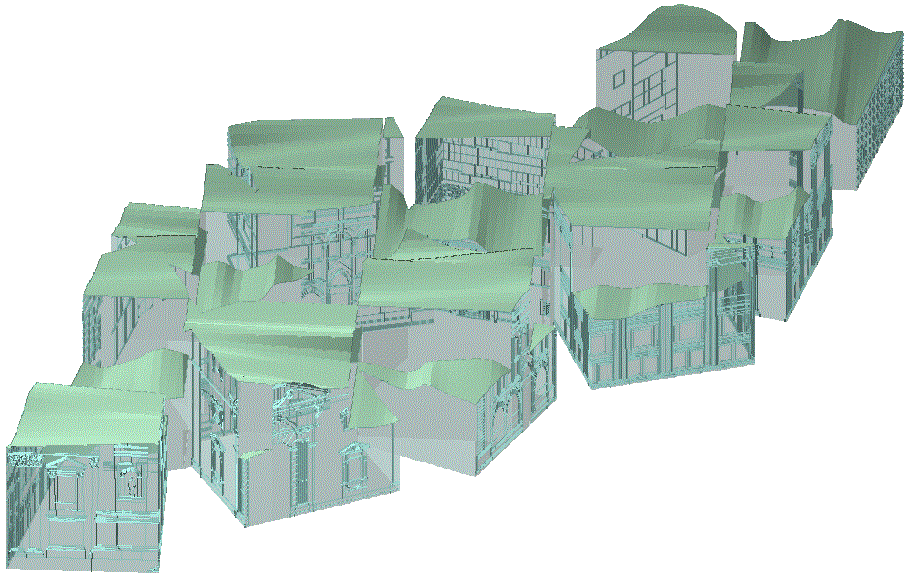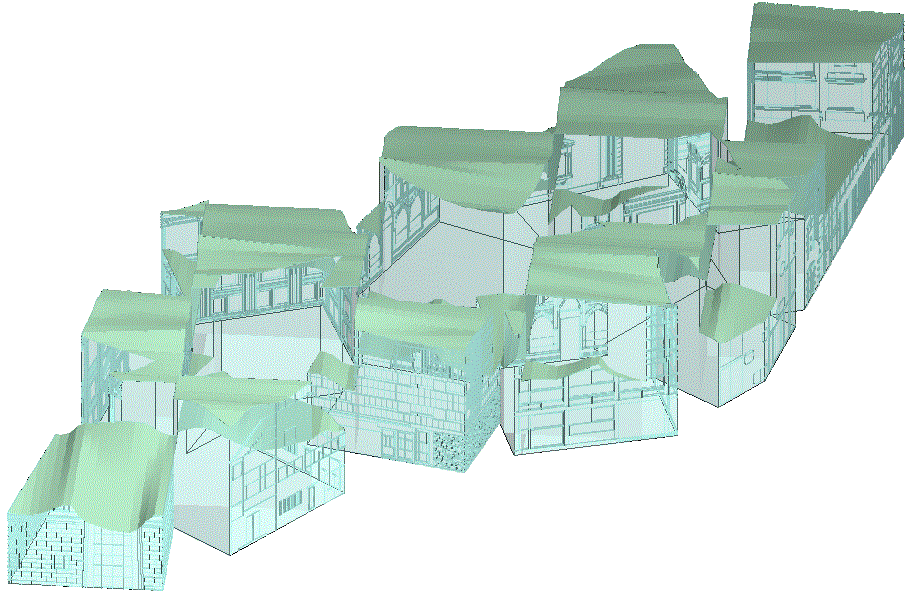

Fragmented Architectural History Department
2024.02.07
2007.02.07
meaning of labyrinth, etc.
I remembered last night that I recently read a good explanation of labyrinth (vis-à-vis architecture) and then thought how it relates to Piranesi's Campo Marzio plan, or at least how the labyrinth relates to some of the interpretations of the Ichnographia. The passages read were within L.B. Alberti's Hypnerotomachia Poliphili.
"Along with incomprehensible epigrams and inscriptions, unknowable animals and humans, the Hypnerotomachia is full of obscure, dark, intractable places: forests, veiled entrances, labyrinths. Indeed, the labyrinth--a kind of emblem of hermetic difficulty, the symbol par excellence of search and the abstract model for most kinds of problem-solving activities--marks almost every step of the hero's wanderings as he makes his way through the story. As early as the first chapter, the reader follows the hero through a forest as he exclaims, "I had as my only recourse to implore the pity of the Cretan Ariadne, who gave the thread to Theseus to get out of the difficult labyrinth." Readers are constantly finding themselves within labyrinths: one inside the viscera of the temple at the base of the pyramid; an aquatic one in the form of a circular, maze-like pool; the concentric-patterned garden on the island of Cythera; and the subterranean spaces under a landscape of ruins."
"The book itself is a labyrinth, a series of veils, a cryptic epigram."
Liane Lefaivre, Leon Battista Alberti's Hypnerotomachia Poliphili, pp. 90, 91.
|